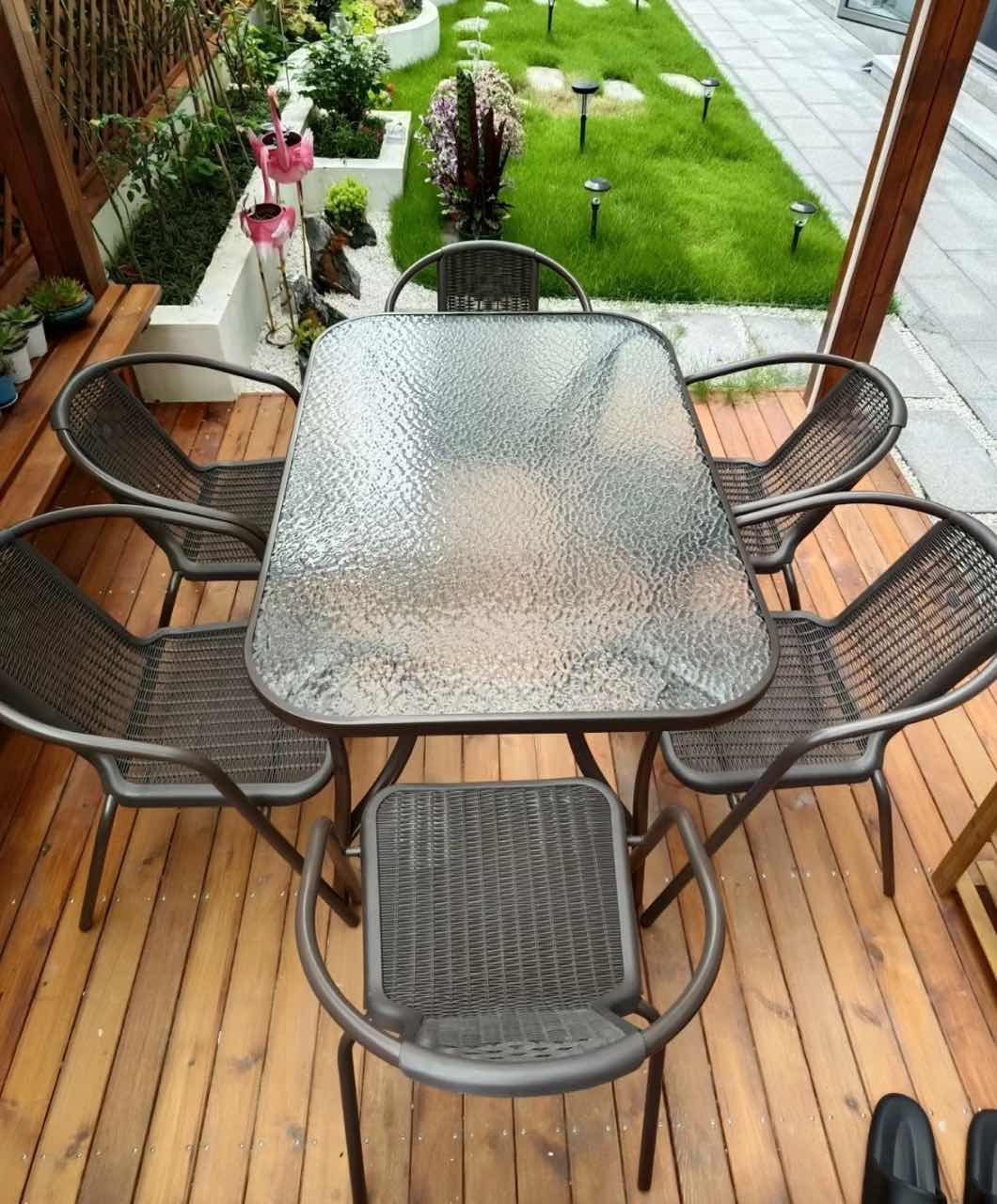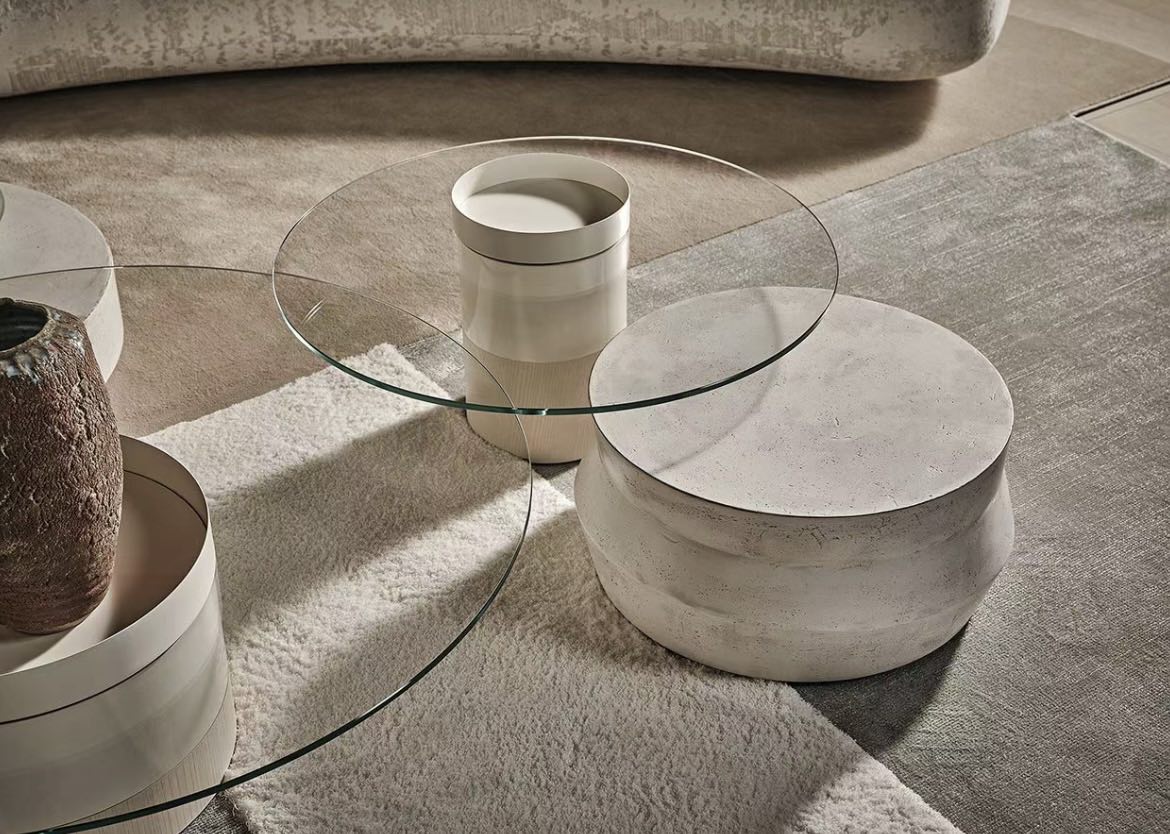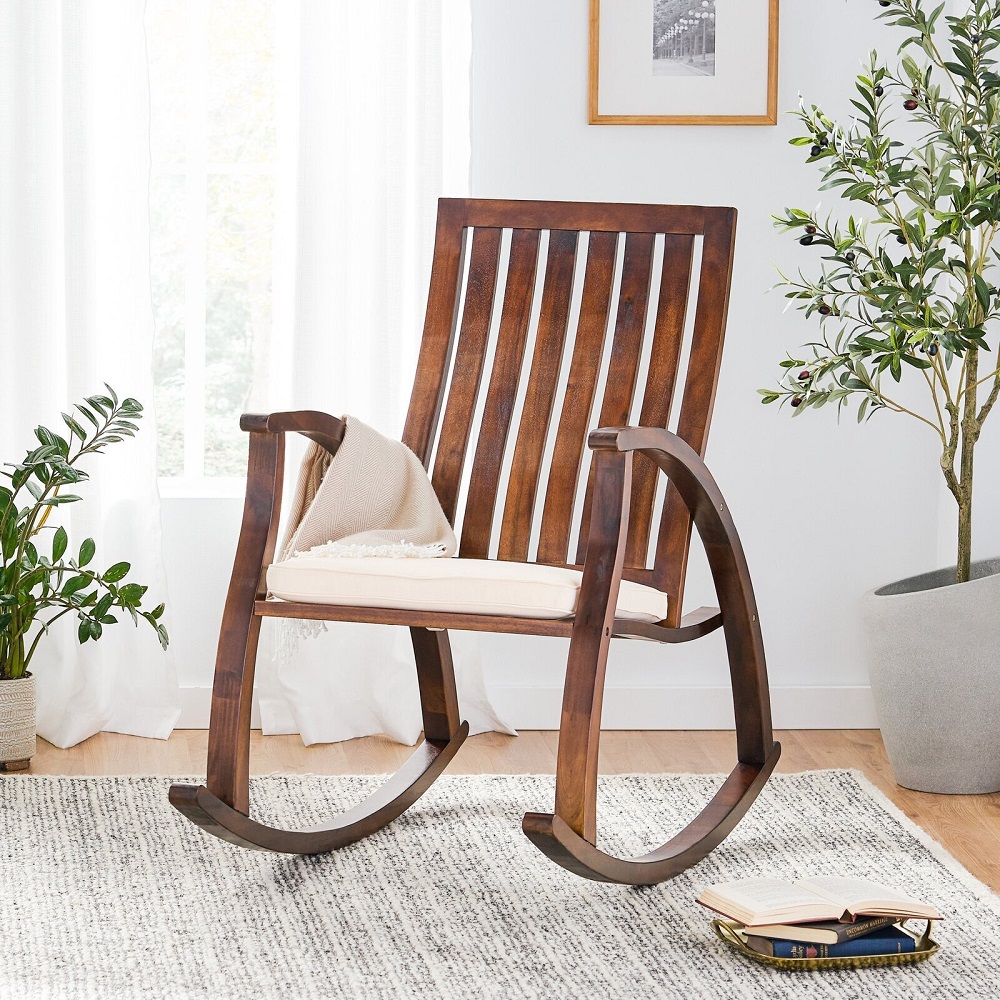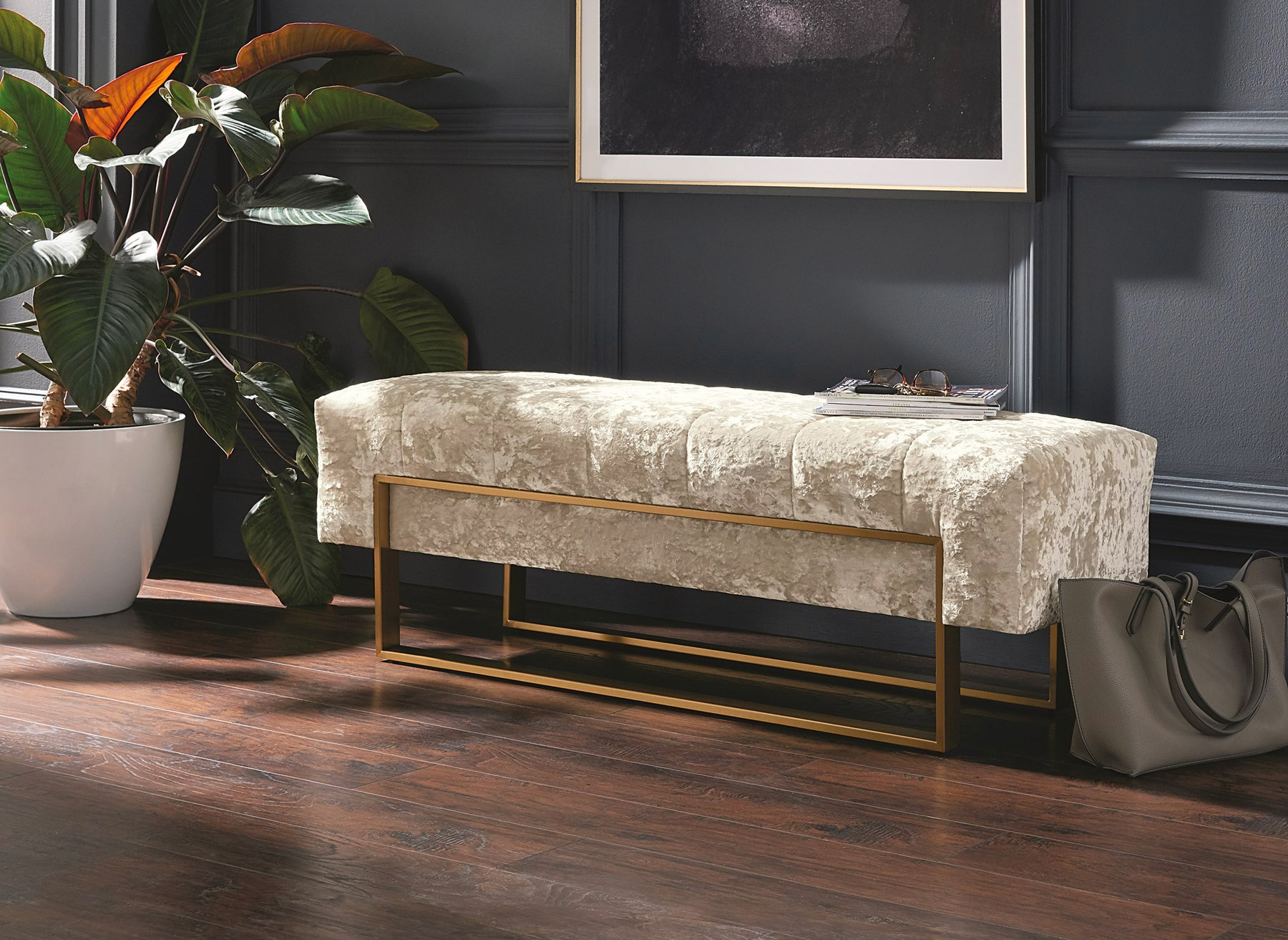Shield Your Glass Dining Table from Damage
Gleaming glass dining tables inject airy elegance and clean-lined modernism into any interior. Yet without sufficient safeguarding, scratch-prone and shatter-susceptible glass tops suffer abuse over time. How to protect a glass dining table?Luckily numerous protective measures maintain structural integrity and optical clarity despite heavy use. From clever furniture positioning to protective table top treatments, multiple tactics exist for preserving glass dining tables longer.
Situate the Glass Table in Low-Traffic Areas
Initially consider the table’s location when planning the space. Position dining sets away from high-activity zones like main walkways and household work triangles.This prevents accidental bumps and knocks whenever residents traverse areas rapidly. Similarly maintain ample clearance on all sides so chairs glide out easily without grating edges against surroundings.
Avoid cramped narrow dining nooks restricting how occupants access seating.While open concept great rooms keep diners connected, partial visual barriers like fretwork room dividers or textural paned glass partitions buffer mishaps without totally isolating groups.Plants, lighting fixtures and floor decor also steer traffic patterns away from the table naturally. Just ensure the glass dining set remains easily accessible for regular cleaning and hosting.
Use Thick Textiles to Pad Surfaces
Once situated appropriately, further safeguard the tabletop itself using common household textiles for added padding. Try a hand-knit wool throws or quilted blanket runner aligned with table edges to absorb direct blows from flailing elbows or careless clutches.For quick spike protection, keep multiple cheesecloth napkins or linen tea towels on hand to swiftly cushion precariously balanced vases or tipped glasses before spills spread.
Thicker padded tablecloths also prevent deeper damages like scratches, chips or cracks by creating a padded buffer zone.Search for dense woven textures like blistered jacquard or heavyweight velvet in dark hues masking wear.Layer atop non-slip underlays preventing slide slippage and incorporate wide overhangs for bonus security near table edges.Round out protection stacking handmade, unevenly shaped placemats boasting natural fibers like jute, cotton and hemp that withstand wear well.
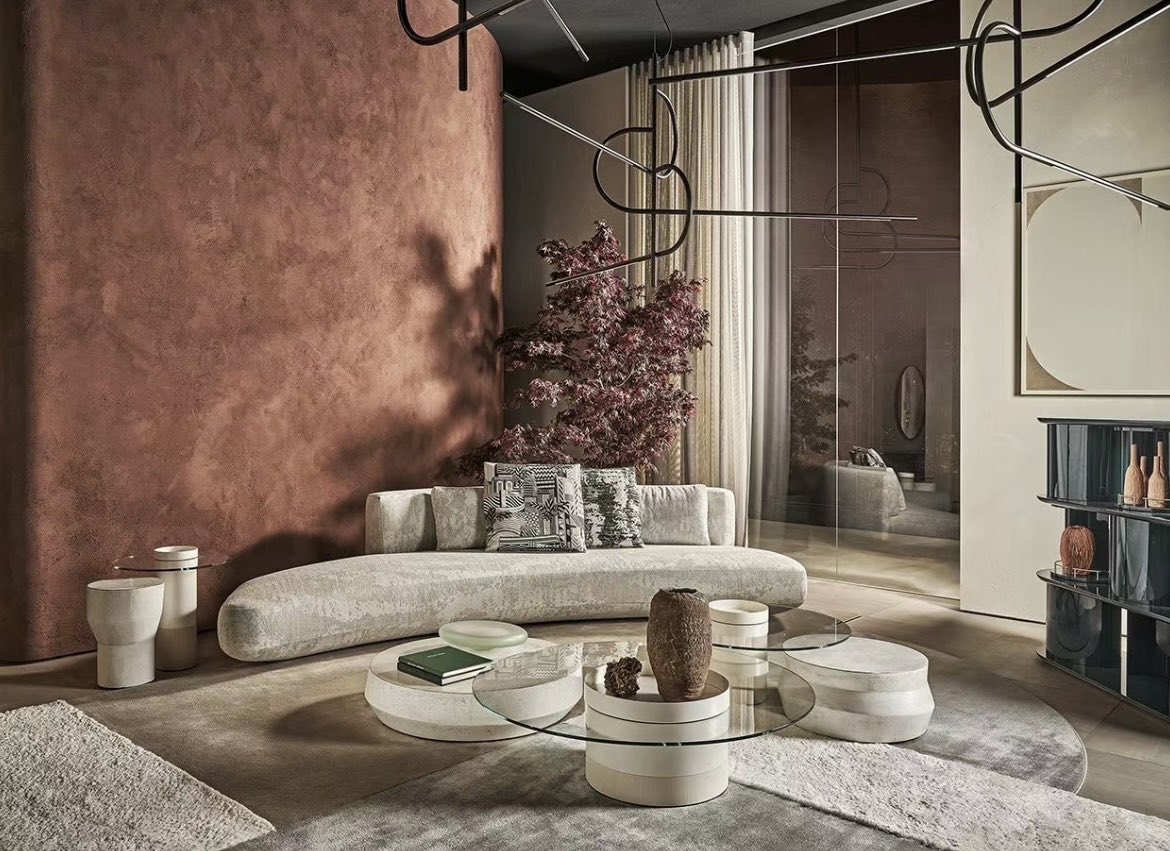 Apply Protective Films to Shield Surfaces from Scratches
Apply Protective Films to Shield Surfaces from Scratches
While textile layers cushion initial impact, only clear films actively protect a glass table’s vulnerability directly.Start by rounding corners with transparent bumper guards. Opt for self-adhesive vinyl strips or molded corner protectors to eliminate 90-degree edge exposure where collisions cause chips and cracks.
Then treat the entire tabletop with protective contact sheets made specifically for glass coverings.These clear treatments stick to surfaces while strengthening structural impact resistance and preventing scratches. Purchase wider rolls and custom cut sheets to fit for the most seamless application.
Since these adhesive options stick upon initial application, use razor trimmers for modifications allowing cut outs around existing decor or lighting fixtures.Fortunately most vinyl films feature non-permanent backing allowing residue-free removal later for replacement or tabletop refreshers.
Certain furniture wax sealants in clear formulas also generate protective layers across already installed glass tops. Just beware bubbling or yellowing over time requiring renewal treatments.While prized for optical clarity and sleek lines, unchecked glass dining tables suffer significant risks over years of family use.
But taking basic precautionary measures redirects traffic, cushions blows and literally shields surfaces. Soon that transparent tabletop stays pristine and protected despite heavy daily use.Then you can feel free hosting both casual family fun and flawless formal occasions without worrying about damage.






